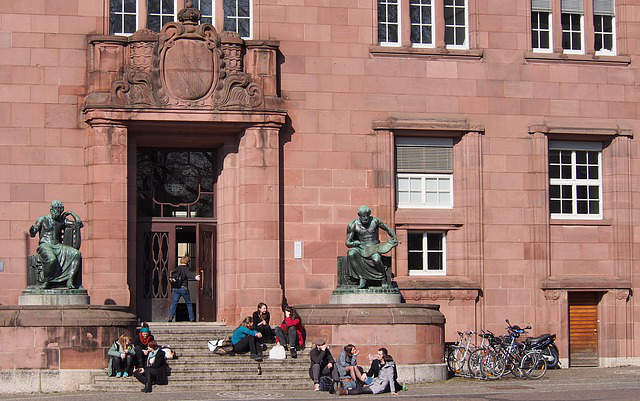The ‘Ivies’, more commonly referred to as the Ivy League, have no match when it comes to horsepower, selectivity, and utter prestige. For years, hundreds of years in most cases, these universities have been recognized and constantly talked about because of their unmatchable student body; for crying out loud, most of the people who attend these schools were top of their graduating class (as high school seniors) or at least, undoubtedly, in the top 10 percent. Now, let’s not even try to pretend like those statistics aren’t intimidating- they totally are.
Any prospective Ivy League student, whether it be a Dartmouth, Princeton, or Harvard applicant, is sure to undergo a tiny (or massive) panic attack when hitting send on the Common Application, and with very good reason. You’d think the stress (and highly unlikely chance of getting in) would gnaw at people and cause the number of applications going in to go down, but no, thousands of high school seniors in the United States and everywhere else are still taking their chances and dreaming big. For foreign students however, the admissions ordeal may be a bit different than it is for Americans, and here’s why.
Most universities in the United States, the top tier ones especially, have to rely on the fact that certain students will be ‘full pays’, meaning they will be completely responsible for the payment of their studies (with no financial help at all). International students are an easy pick. Think about it, they’re coming all the way from another country, abandoning their hometowns and everything that was ever familiar- if that’s not dedication, I don’t know what is.
However, it’s not all universities that expect this of foreigners, on the contrary, many colleges expand their scholarship and financial aid budgets just so they can offer their teaching to a more diverse community. When it comes to Ivy League schools however, financial aid is tight, and it is definitely not something easy to attain. Why? Well, these universities, as previously mentioned, don’t accept a lot of people.
Think about it this way: a big university with a high acceptance rate is getting an average of 30,000 incoming students (in other words, a LOT of tuition money), that can then be distributed amongst different funds (one of them being the financial aid fund). However, Ivies get somewhere around 10,000 students, which means they need to make up for the loss of tuition money somewhere.
Here’s where international students come into play.
The reality is that foreign students rarely manage to be accepted into one of the Ivies regardless of their intelligence and performance if they’re unable to fund their studies with cash.
Photo Credit: NGi





